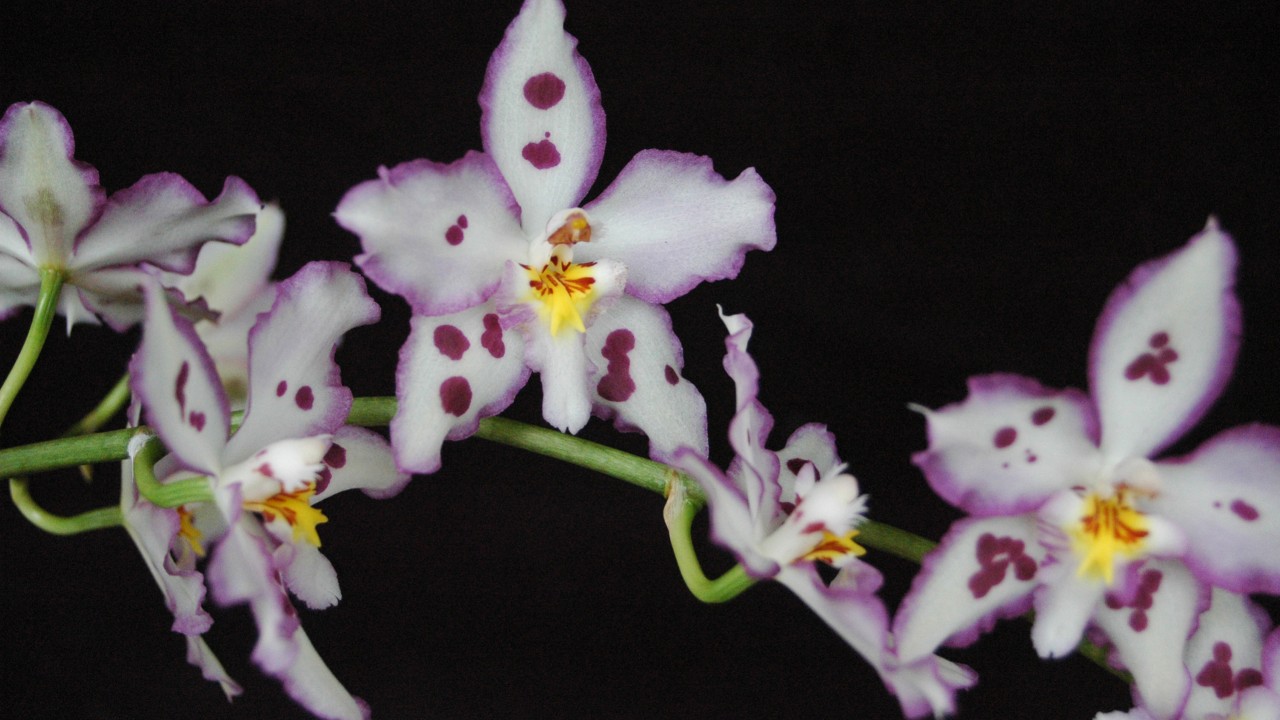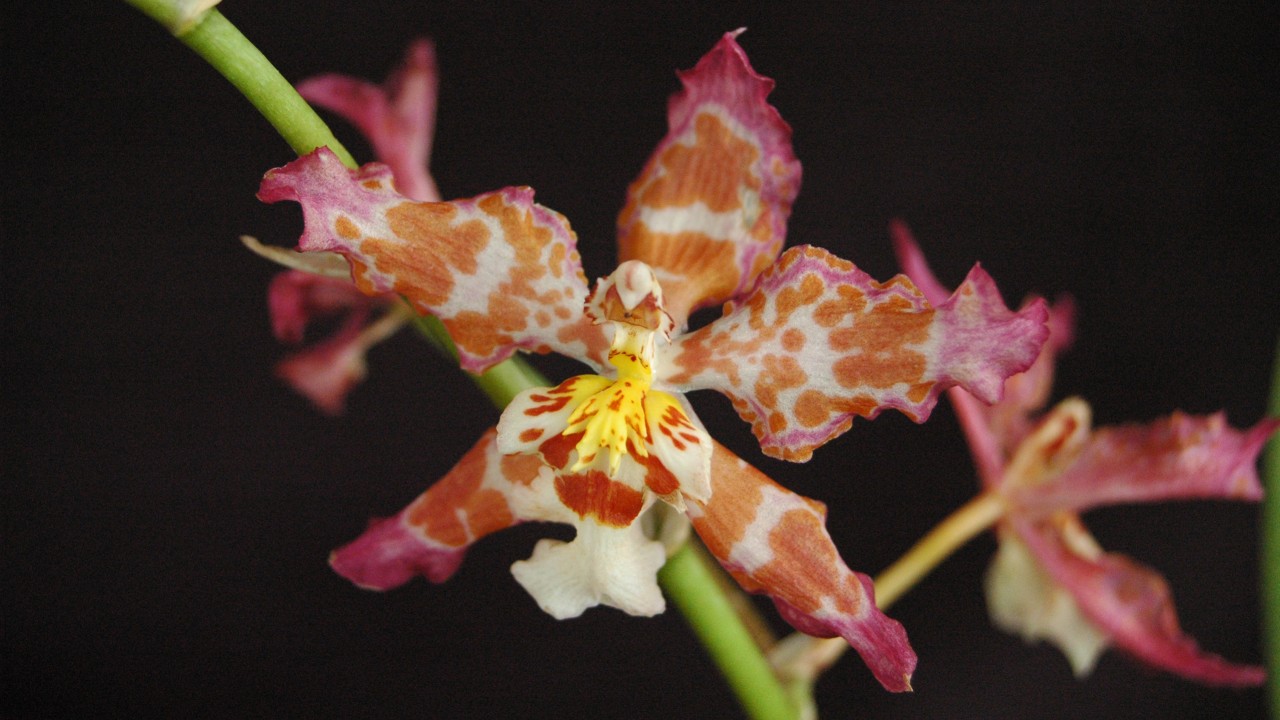
Care of Oncidium
Common Name: Dancing Lady Orchid
Scientific Name: Oncidium (on-SID-ee-um)
Oncidiums belong to a large and diverse family of orchids whose common name comes from the shape of its highly modified, ruffled flower. Dancing Lady Orchids have sashayed their way across the map, and can be found throughout much of South America, Central America, Mexico, the West Indies, and even Florida. While these orchids are mainly epiphytic (growing in trees), their habitats are so diverse that they can be one of the more challenging orchids for beginners. To help your Oncidium thrive, keep some simple growing tips in mind.
Where should I put my orchid?
Oncidiums are light-loving orchids, with some able to handle direct, full sun. They thrive at 60-65° F at night, and 70-85° F during the day. The vast majority will do well placed near an east, west, or south facing window with a sheer curtain to diffuse the light and provide the dappled shade these tree-growing orchids are used to. As with all orchids, an Oncidium that gets enough light will have light, yellow-green leaves. Orchids not getting enough light have dark green leaves, while orchids getting too much light can have red-tinted leaves. However, it is difficult to give an Oncidium too much light.
What about humidity?
This orchid needs moderate humidity of at least 40%, but is happy with up to 70% humidity. Humidity can be increased around the orchid by placing a tray or saucer filled with pebbles and water under the plant, or by using a humidifier. Air circulation provided by an overhead fan will help combat problems caused by high humidity.
How much water should I give it?
The need for water can vary widely from Oncidium to Oncidium. A good general rule is that Oncidiums with thicker roots and leaves will not need to be watered as frequently as those with thinner leaves. Plants should be watered thoroughly with lukewarm to room temperature water every two to ten days, when the planting media is half dry. A good way to check if it is time to water an Oncidium is by putting a wooden popsicle stick or chopstick into the pot and seeing if only the end comes out wet. If it does, it is time to water.
My orchid has finished blooming – now what?
Once an Oncidium has finished blooming, let the flowers fall off on their own and wait to cut the stem back until it is entirely dead. It may bloom again!



